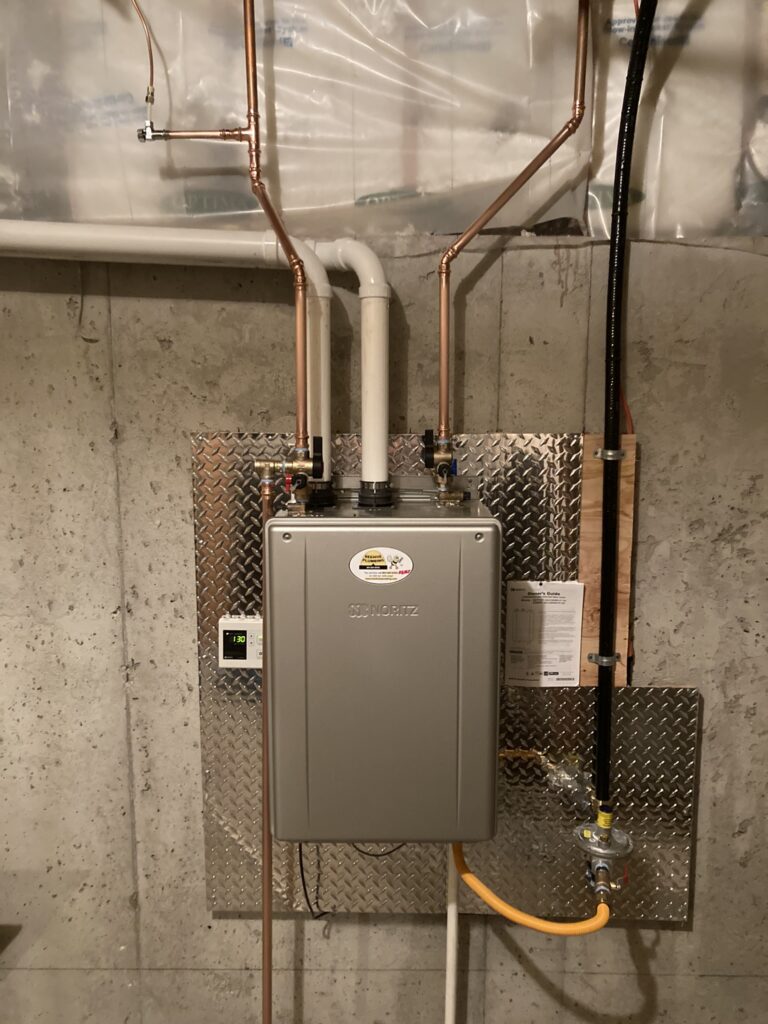High-quality water heater installation in Buena Park – contact us today
High-quality water heater installation in Buena Park – contact us today
Blog Article
DIY Water Heating Unit Setup: Vital Steps for Success
When thinking about a DIY water heating system setup, it is crucial to approach the job with a methodical mindset, as the procedure includes several critical steps that can substantially impact both safety and security and effectiveness. Picking the appropriate water heating system for your particular demands is simply the beginning; preparing the installment area and recognizing the necessary devices and materials are similarly vital.
Choosing the Right Hot Water Heater
When selecting a water heating system, it is vital to take into consideration several vital elements to ensure optimal efficiency and performance - water heater installation Buena Park. Examine the type of water heating system that finest matches your needs. Choices consist of tankless, storage tank, and warmth pump water heating systems, each offering distinctive advantages in terms of energy effectiveness and space demands
A larger household might call for a device with a better gallon ability or a tankless system that can provide constant warm water. Each energy type has ramifications for installment prices and long-term power costs.
Power performance is an additional important factor. By very carefully examining these variables, you can choose a water heater that aligns with your home's particular needs, guaranteeing comfort and efficiency for years to come.
Devices and Products Needed
Efficiently setting up a water heating system requires not only the right selection of device but also the appropriate devices and materials. Before beginning on your DIY job, guarantee you have an extensive list of things to help with a smooth setup process.
Vital devices include a monkey wrench, adjustable pliers, and a screwdriver set (both flathead and Phillips), which will aid you handle different fittings and links. In addition, a drill with suitable little bits is needed for placing brackets or making any called for openings. For safety, a voltage tester is important, specifically when taking care of electric hot water heater.
As for materials, get Teflon tape to make sure watertight links on threaded fittings. You will likewise need a flexible supply of water line, which can be either knotted stainless-steel or PVC, relying on your choices and local codes. Do not fail to remember to equip up on installations, such as combinings and joints, to connect the plumbing safely. Finally, a pan or drip tray can assist take care of any possible leakages, giving an included layer of safety. By collecting these products and tools beforehand, you established the phase for a successful water heating unit setup.
Preparing for Installment
Prior to beginning the setup of your hot water heater, it is critical to evaluate the installment site to guarantee it fulfills all necessary needs. Start by validating that the area is well-ventilated, particularly for gas water heating units, to stop the buildup of dangerous gases. Inspect for the schedule of necessary connections, consisting of water lines and electrical outlets, guaranteeing they remain in excellent problem and appropriately located.

This aggressive approach not only makes sure compliance with regional structure codes however likewise enhances the long life and performance of the water heater. Appropriate preparation establishes the phase for a smooth installation process and assists protect against unforeseen issues.
Step-by-Step Installation Process
With the preparation complete and all essential assessments carried out, the following phase entails the step-by-step installment of your water heating unit. For tank-type water heating units, link the cold water supply line to the inlet, commonly noted in blue, and the warm water line to the outlet, normally assigned in red.
Next, secure the temperature and pressure safety valve, which is crucial for security. Attach the discharge pipeline to this valve, routing it in the direction of the flooring or a suitable drainage area. For electric models, attach the power supply by stripping the cables and safeguarding them to the heating unit's terminals check my source according to the supplier's guidelines.
If you are mounting a gas hot water heater, ensure the gas line is attached effectively and look for leakages making use of a soap option. Links are made, fill the container with water prior to turning on the power or gas supply. Lastly, permit the water heating unit to get to the desired temperature level and look for any kind of leakages around all connections.
Ensuring Security and Performance
Consistently guaranteeing security and performance during the installment and operation of your water heating system is essential for ideal efficiency and long life. Begin by choosing a suitable area that adheres to neighborhood building ordinance and gives appropriate air flow. Make certain that the area is totally free from flammable products and has adequate space for upkeep and evaluations.

After setup, conduct normal look at the unit to more helpful hints discover leakages, deterioration, or unusual sounds. Set the thermostat to a safe temperature level, typically around 120 ° F, to avoid scalding and enhance energy effectiveness. Protect pipes to reduce heat loss, which contributes to reduce power bills.
Verdict
In conclusion, effective Do it yourself water heating system installation pivots on cautious preparation and implementation. Choosing the ideal water heating unit, preparing the installation location, and adhering to a systematic installation procedure are important steps.
When taking into consideration a DIY water heating unit installment, it is important to come close to the job with a methodical frame of mind, as the procedure involves a number of important steps that can considerably influence both safety and security and performance.Before beginning the installation of your water heater, it is essential to evaluate the installment website to guarantee it meets all go to these guys required requirements. For tank-type water heating systems, attach the chilly water supply line to the inlet, typically noted in blue, and the warm water line to the outlet, generally assigned in red.Frequently ensuring safety and security and performance during the setup and procedure of your water heating unit is critical for optimal efficiency and longevity. Picking the ideal water heating unit, preparing the installment location, and complying with a systematic installation procedure are vital steps.
Report this page